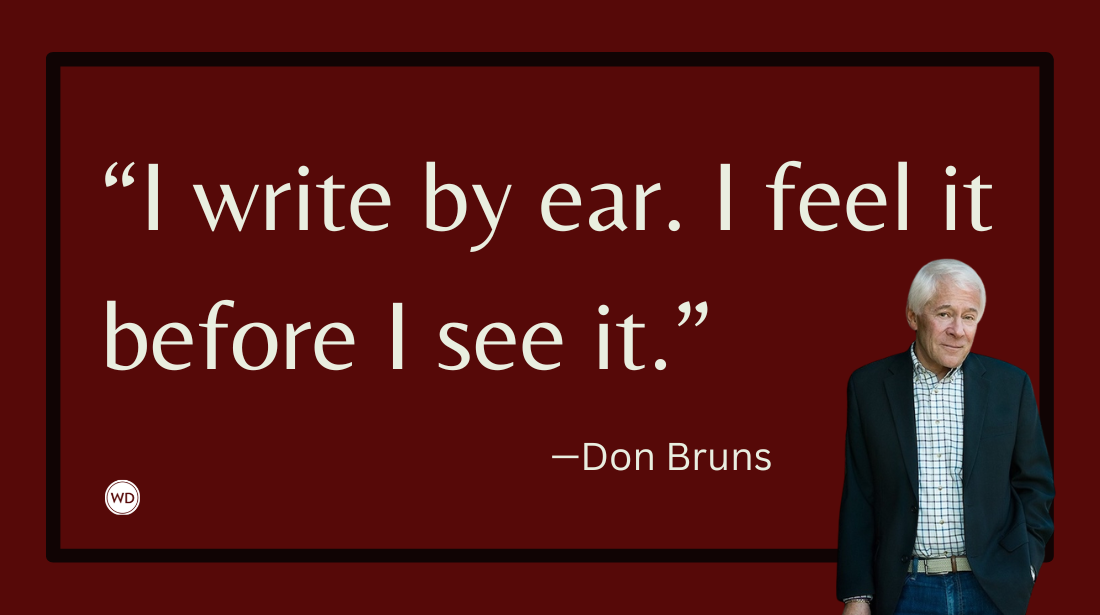Using Humor to Write Children’s Books That Are Relatable for Both Children and Adults
Author Jessica Marie discusses using humor to write children’s books that are relatable for both children and adults.
Staring into the array of books on the shelf, my 10-year-old daughter and I already knew what we were going to pick out for our nightly read. While my daughter opted for a more familiar read—a story we’ve read cover to cover several times—I found myself opting for something relatable, with a hefty dash of humor and thoughtfulness.
It was at this moment that I considered the need for duality in picture books and the feat of appealing to both children and the adults reading to them. Though it may seem like an impossible balance to strike, it’s something that I’ve prioritized in my own writing career.
Humor has power. When used strategically in the text, it has the ability to keep the audience engaged regardless of age, and it empowers children to put on their thinking caps and guess what shenanigans the main character may be involved in next. This has made humor a powerful tool that I am more than familiar with in my own writing.
Such a tool is exemplified in a scene from my latest picture book, The Mess Monster. When main character Lucy’s pile of clothes and toys fall on Max, her dog, Lucy screams, “OH NO,” encouraging the reader to try their hand at performing such an outburst. Moments that allow for exaggeration and theatrics keep every storytime participant hooked. This can be witnessed at youth services events in any public library, where master storytellers use movement, animated voices, and effusive tones to grip their audience. Next, the readers see a messy Max with clothes on.
According to Psychology Today, “Humor in picture books plays a crucial role in children's development, fostering engagement, comprehension, and a positive attitude towards reading.” Employing humor in text has been a staple in my own writing practice, allowing the message at the heart of the story to reach both adults and children alike.
The vital theme of kindness through text can build a child’s emotional awareness and empathy towards others. In The Mess Monster, the contents of Lucy’s closet falling onto Max rips her out of her fantasy, grounding her in the realities of her decisions and adding a layer of seriousness that educates young readers on the impact of their own actions. Studies show that there is an undeniable connection between children’s literature and the development of empathy.
A 2019 study on children’s storybooks and the promotion of empathy found that empathy can be fostered through in-group and out-group identification and finding commonality with characters unlike one’s self in children’s literature. Children, however, are not alone in the need to continually build and exercise empathy. Adding these themes can help the text connect with its adult readers as well.
Appealing to both children and adults is helpful when trying to grow one’s audience as a kid-lit writer. Adults are more responsive to reading to their kids when the stories illustrate relatable family struggles and dynamics. Further, these stories give kids and adults a new way to talk about the things that concern them and to understand that they are not alone.
Both kids and adults will nod in recognition when they see Lucy blaming the Mess Monster for the piles in her room. Though it may not be immediately apparent, many of the struggles that children face can last into adulthood. I, myself, know many adults who can’t always keep up with household chores. The Mess Monster comes for us all—there’s no reason to pretend otherwise when writing a picture book about it.
Children and the adults that read to them approach stories differently, and understanding this can help a writer to successfully reach both audiences. Though many young readers may not yet have the language to express such desires, picture books with a strong sense of voice and with engaging, animated storylines likely appeal the most. Sometimes, it isn’t the book itself, but the performance of the story that makes it a bedtime favorite. So, what more can writers do to ensure that their books speak to their audience, regardless of age?
As a reader myself, many of my favorite stories are the ones that appeal to the human experience. They strike a chord in my heart, no matter the family I grew up in, the balance in my bank account, or the title in my email signature. Ultimately, it is vital for kid-lit writers to remember that a person is a person, and a reader is a reader. Though skill level may differ, ultimately the core of what makes a good book good remains the same. Young and mature readers alike want satisfying stories, engaging and relatable characters, and a bit of humor alongside the parts that hit home.
Check out Jessica Marie's The Mess Monster here:
(WD uses affiliate links)









